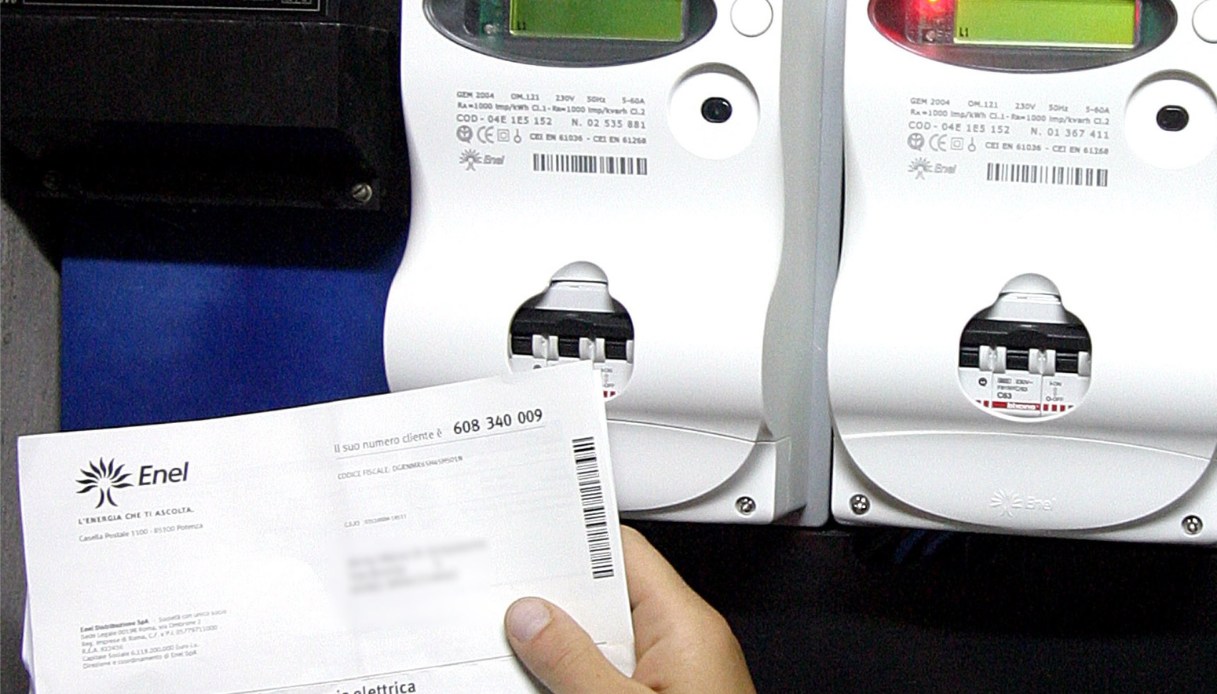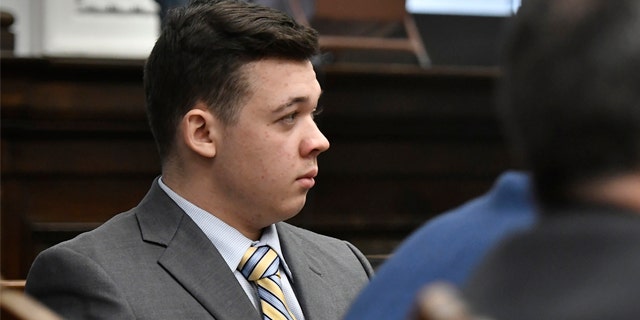Thanks to some encouraging signs from the healthcare front – with a tending increase in the number of infections, but not in hospital admissions – and from the economic-commercial one (Codacons speaks of a “growing confidence of families and businesses” in October), Italians are returning to spend more than expected in this last quarter of the year.
Unfortunately, consumer enthusiasm is curbed by the rise in prices which for some months has been affecting various key sectors for the restart of our country. In particular, inflation and price increases have shown very high levels, especially as regards food and the energy sector.
The triggering causes must be sought first of all in the continuous ones international tensions which involve the extracting and producing states: first of all the worrying situation in the Middle East, but also continuous disagreements between Russia and the European Union. On the domestic front, on the other hand, the sudden rise in the request, after the massive collapse of the last year and a half.
Between diesel, gas and petrol: it is the fuel that increases the most
In 2021, the price of transport rose by 8.7 percentage points compared to last year. A decisive contribution is clearly the increase in the price of fuels, no one excluded: from petrol to LPG, from diesel to methane, all have seen their retail price soar (+ 11.6% on average) in the last period (who all the numbers on how much excise duties are worth).
At this rate, it is calculated that every family runs the risk of seeing their spending increase significantly 300 euro more over the twelve months. But which cities are most affected by the increase in costs?
The drivers who have seen fuel prices rise the most are those of Grosseto. In the Tuscan town, the price increases have touched 20% on average, almost ten percentage points higher than the general Italian situation.
In second place it ranks Gorizia (+ 15.3%), followed by Trieste (+ 15.1%). At the foot of the podium another Friulian reality, that is Udine (+ 14.5%). Fifth place for Potenza (+ 14.1%), then Ascoli Piceno (+ 13.7%) and Cosenza with + 13.6%. The ranking continues with Pordenone in eighth position (13.5% increase), while Novara, Venice and Padua together occupy the ninth place (+ 13% for all three). The top ten of the worst Alessandria closes with + 12.7%.
On the contrary, the provinces where the situation has undergone a minor variation are those of Forlì-Cesena – where the price increase stopped at a +9,4% – followed by the couple made up of Benevento and Ferrara (+ 9.8% both) and by the one that sees Caserta and Bologna with + 10%.
Dear-bills, the differences between the different areas of Italy
Net of this, for the Italians the most tangible data with which to measure the price trend remains the one reported in bill. Here too there are notable differences between the different areas of Italy: as for the previous ranking, the cities most interested seem to be those in the North, in particular among the Veneto and the Friuli Venezia Giulia.
Lead the leaderboard Verona, with an average increase in spending on the bill which registers a +37,5% compared to the same period a year ago. These are the top ten positions:
- Verona +37,5%
- Bologna +36,4%
- Forlì-Cesena + 34.5%
- Bolzano +33,9%
- Avellino + 33.5%
- Trento +32,2%
- Lodi +31,8%
- Pordenone + 31.1%
- Varese + 30.7%
- Vicenza +30,5%
The most virtuous city in Italy in this particular ranking is Cagliari, which records only + 18.5% more on the cost of bills. Followed by another Sardinian reality such as Sassari (+ 18.6%), while Catania is in third last place with + 19%.
– .


